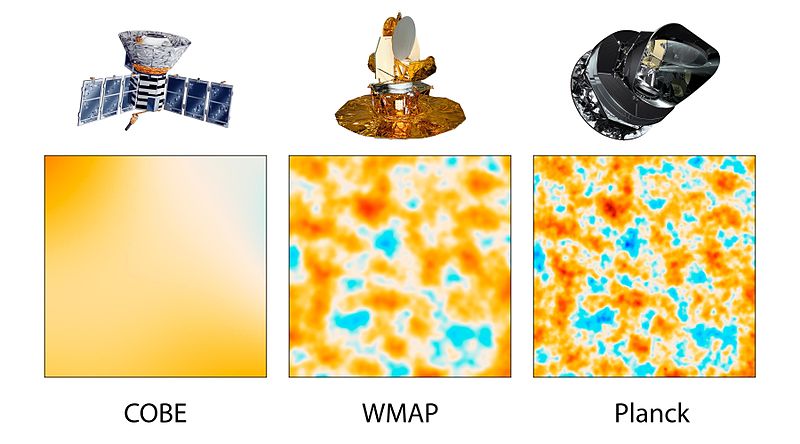Файл:PIA16874-CobeWmapPlanckComparison-20130321.jpg

Размер этого предпросмотра: 800 × 444 пкс. Другие разрешения: 320 × 178 пкс | 640 × 356 пкс | 1024 × 569 пкс | 1280 × 711 пкс | 3600 × 2000 пкс.
Исходный файл (3600 × 2000 пкс, размер файла: 429 Кб, MIME-тип: image/jpeg)
История файла
Нажмите на дату/время, чтобы увидеть версию файла от того времени.
| Дата/время | Миниатюра | Размеры | Участник | Примечание | |
|---|---|---|---|---|---|
| текущий | 00:48, 23 марта 2013 |  | 3600 × 2000 (429 Кб) | Nagualdesign | White background. I tried to upload this as a derivative file but Derivative FX kept hanging. (IE9 user.) |
| 02:31, 22 марта 2013 |  | 3600 × 2000 (421 Кб) | Drbogdan | User created page with UploadWizard |
Использование файла
Следующая страница использует этот файл:
Глобальное использование файла
Данный файл используется в следующих вики:
- Использование в ar.wikipedia.org
- Использование в de.wikipedia.org
- Использование в el.wikipedia.org
- Использование в en.wikipedia.org
- Использование в es.wikipedia.org
- Использование в eu.wikipedia.org
- Использование в fi.wikipedia.org
- Использование в fr.wikipedia.org
- Использование в he.wikipedia.org
- Использование в id.wikipedia.org
- Использование в ig.wikipedia.org
- Использование в it.wikipedia.org
- Использование в ko.wikipedia.org
- Использование в nl.wikipedia.org
- Использование в pl.wikipedia.org
- Использование в pt.wikipedia.org
- Использование в ru.wikipedia.org
- Использование в sl.wikipedia.org
- Использование в sr.wikipedia.org
- Использование в sv.wikipedia.org
- Использование в uk.wikipedia.org
- Использование в vi.wikipedia.org
- Использование в zh.wikipedia.org


